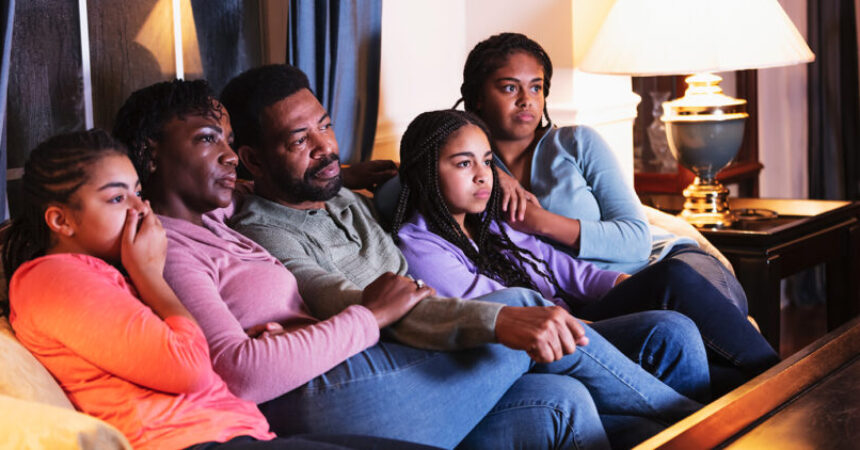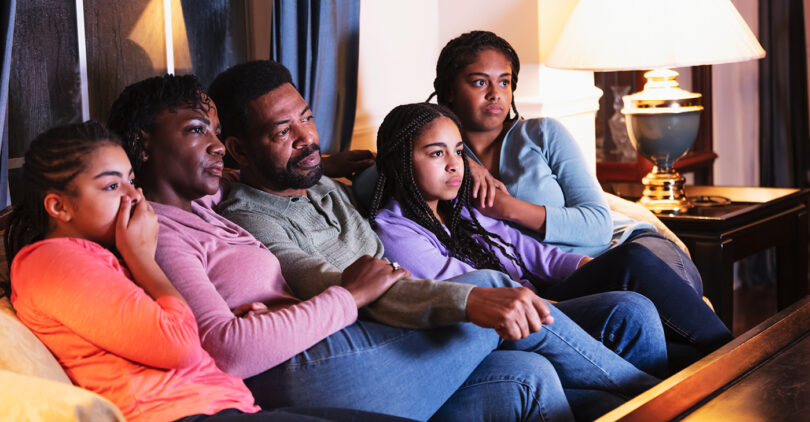
Two new reports reveal deep disparities in Hollywood salaries

Photo submitted
By Stacy M. Brown
NNPA Newswire Senior
National Correspondent
@StacyBrownMedia
Shortly after actress Taraji P. Henson said the “math ain’t mathing” while raising concerns about equal pay for women in Hollywood, two new reports not only support the star’s claims, but each go a bit further in revealing the overwhelming disparities in film and television.
The latest report from The Center for the Study of Women in Television and Film at San Diego State University sheds light on women’s ongoing challenges, particularly those from underrepresented racial and ethnic backgrounds, in behind-the-scenes roles. Titled “The Celluloid Ceiling: Employment of Behind-the-Scenes Women on Top Grossing U.S. Films in 2023,” the report comprehensively analyzes the industry’s gender and racial dynamics.
It reveals a concerning decline in the overall representation of women in key behind-the-scenes roles, dropping from 24 percent in 2022 to 22 percent in 2023. Examining specific roles, women comprised 16 percent of directors, 17 percent of writers, 26 percent of producers, 24 percent of executive producers, 21 percent of editors, and a mere 7 percent of cinematographers. Notably, films with at least one female director demonstrated higher inclusion of women in various roles than those with exclusively male directors.
While the overall figures indicate sluggish progress over the past 26 years, the study emphasized the pivotal role of women directors in driving positive change in the industry.
The analysis further extends to on-screen representation, revealing a persistent gender gap. In 2022–23, females accounted for 45 percent of speaking characters on original streaming programs and 44 percent on broadcast network programs, representing a decline from the previous year. Reality programs and game shows fared better, with 50 percent female representation.
A glimmer of hope did emerge from the Indie Women study, focusing on independently produced feature-length documentaries and narrative films. While men still dominate key roles, the percentage of female directors increased from 40 percent in 2021–22 to 42 percent in 2022–23, reaching a recent historic high. The study also noted increases in the percentages of women writers, producers, and editors.
A separate report by the USC Annenberg Inclusion Initiative, examining portrayals of gender, race/ethnicity, LGBTQ+, and disability from 2007 to 2022, reveals persistent disparities both on and off-screen.
Only 34.6 percent of characters in the 100 top-grossing films of 2022 were female-identified, with a persistent ratio of 1.89 males to every female character since 2008. While there was an increase in films featuring gender-balanced casts, the overall percentage remained stagnant at 15 percent. Moreover, underrepresented racial and ethnic groups faced challenges, with only 19 percent of films featuring an underrepresented female in a lead or co-lead role.
“I’m just tired of working so hard, being gracious at what I do, getting paid a fraction of the cost,” Henson said in a Sirius XM interview, according to a CBS News transcript. “I’m tired of hearing my sisters say the same thing over and over. You get tired. I hear people go, ‘You work a lot.’ I have to. The math ain’t mathing. And when you start working a lot, you have a team. Big bills come with what we do. We don’t do this alone. It’s a whole entire team behind us. They have to get paid.”
According to CBS, she went on to say that on the reported compensation for her projects, “Uncle Sam” often takes 50 percent, and another 30 percent goes to her team. “It seems every time I do something and break another glass ceiling, when it’s time to renegotiate, I’m at the bottom again, like I never did what I just did, and I’m tired,” Henson said.
Behind the camera, the report highlights ongoing challenges for underrepresented racial and ethnic groups. Only 23.6 percent of directors, writers, and producers across the 100 top films of 2022 were women. While showing slight improvement, women directors still accounted for only 8.8 percent. The study emphasized the positive impact of having a female director attached to a film, correlating with increased female leads and speaking characters.
Finally, breaking down racial and ethnic representation, the report noted that 61.7 percent of characters in 2022 were White, with underrepresented groups comprising 38.3 percent. While some groups have seen positive trends, erasure and underrepresentation persist for Black, Hispanic/Latino, Asian, and other ethnic groups.
“Annually, we offer solutions that industry leaders can use to create change,” researchers at USC wrote. “Given the lack of progress across many data points in this investigation, it is unclear if the same leaders have read or listened to these suggestions. We suspect they do not read this far into the report.”







